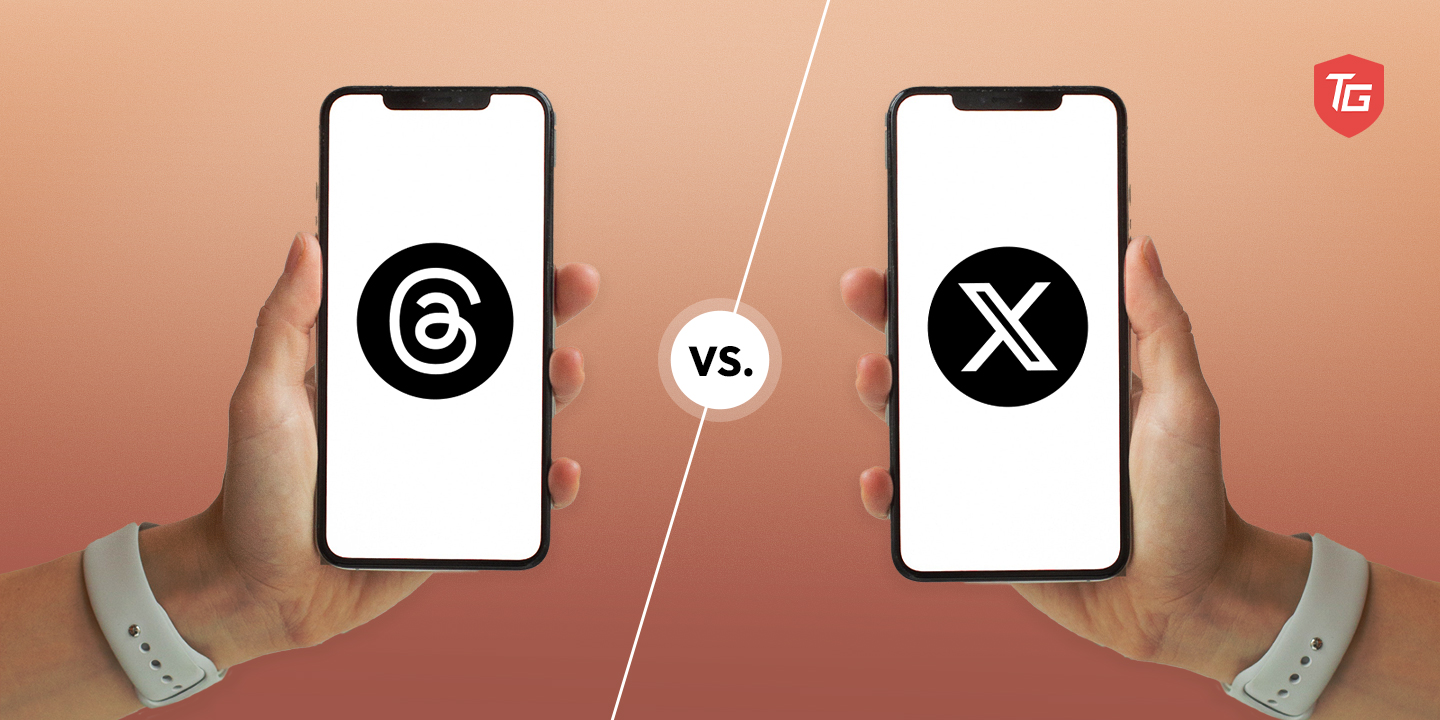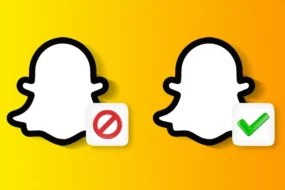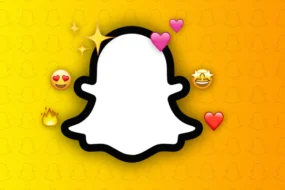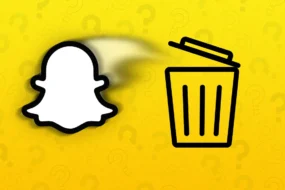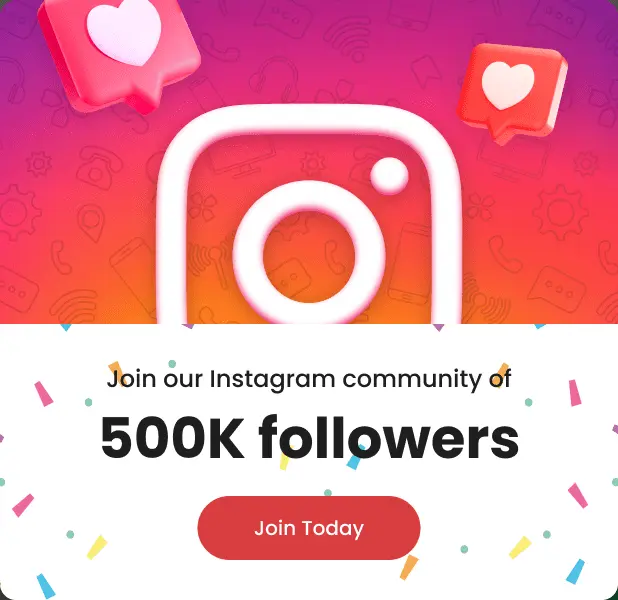Threads, the latest sensation in social media, is currently the topic of conversation online. This new forum-style network from Meta has been launched to compete with the dominant microblogging platform, Twitter.
- 15 Key Differences Between Twitter and Threads
- 1. Sign up Process
- 2. Thread Character Limit
- 3. Media Upload Features
- 4. Thread Editing Features
- 5. Direct Message
- 6. Hashtags Support
- 7. Twitter Trends
- 8. Advertisements
- 9. Curated Posts and Tweets
- 10. Search Capabilities
- 11. Location-Based Posts and Polls
- 12. Live Audio Conversations
- 13. Bookmarks and Lists
- 14. Desktop Support
- 15. Pricing
Twitter is already a hugely popular social media site where users share information in short, snappy posts called tweets. Twitter users share content through a sequence of tweets that is called a thread. Twitter threads have become wildly popular among netizens, and Instagram’s Threads is precisely the platform people have been waiting for.
With the introduction of a new social media outlet attached to an already lucrative one, Instagram has begun a battle with Elon Musk’s Twitter. The fight has already begun, given that the new platform has attracted over 80 million users within a month of its launch. If you are also eager to join this platform and want to give it a try, here are 15 crucial differences that you should be aware of!
15 Key Differences Between Twitter and Threads
Even though Twitter and Threads cater to the same audience and serve similar purposes, they differ significantly. Both platforms share some features, such as the ability to like and share content on your timeline, similar user interfaces, and feed views. Despite this, the differences between the two are stark, and you should know them before you start promoting your content there.
1. Sign up Process
If you’re already a Twitter user, you know signing up for the platform is a breeze. You can simply enter your cellphone number, email address, or Gmail account information, and you’re ready to go. However, signing up for the new Meta app is a bit different. To create an account, you must use your Instagram account.
Fortunately, since most social media users would have an Instagram account, signing up for the new Meta platform is as easy as a single click. Those who don’t have an Instagram account or aren’t active on the platform will have to go through this detour to register for the new app.
2. Thread Character Limit
Twitter is technically a microblogging network, meaning that you can create or share content with a limited number of characters. The text limit for a single tweet is 280 characters. If you want to share more information that exceeds this limit, you can do so through tweet replies.
On the other hand, Threads offer a higher character limit for one post – 500 characters. This allows you to convey your views quickly without having your followers scroll endlessly through multiple threads.
But wait – here’s the plot twist! If you subscribe to Twitter Blue – the platform’s paid service – the character limit reaches the magic number of 25,000 characters. Yes, you heard it right! This limit allows you to share entire pieces of information, even in large chunks or in the form of articles.
3. Media Upload Features
Both social media platforms allow you to share images and videos as much as you like. It’s their superpower. However, there is a difference when it comes to video length limits. On Twitter, you can’t upload a video that’s longer than 2 minutes and 20 seconds. Sounds ridiculous, right?
In contrast, its rival offers twice as much video length time, up to 5 minutes. This longer video limit benefits vloggers, businesses, and creators who can now upload longer videos.
4. Thread Editing Features
For years, one simple feature that Twitter users have craved is the ability to edit tweets after they’ve been posted. Unfortunately, the platform hasn’t made that dream come true yet. Once a tweet is published, it cannot be edited; you must delete it and post it again from scratch.
However, if you’re a Twitter Blue subscriber, you can enjoy the privilege of editing your tweets afterward. If you post content on Threads, there’s no way you can edit it. Your only option is to delete your posts and then share them again.
5. Direct Message
If you want to provide someone with a reply or feedback on their tweets privately, you can use Twitter’s direct messaging feature. This allows you to send direct messages to your followers or other Twitter users who follow you, and continue to chat with them once they accept your invitation to direct message.
As of now, Instagram’s Threads does not have a direct messaging feature. To send a message to Thread creators, users must visit their Instagram profile attached to their Threads profile and send a message there. However, some people may find this invasive to their privacy, as it is currently the only way to directly message another user on Threads.
6. Hashtags Support
Using hashtags in tweets and replies can help Twitter users reach a broader audience and customize their search for specific posts. As a user, you can take advantage of the most popular and trending hashtags. Unfortunately, users on Threads cannot use hashtags at all.
While hashtags are popular among Instagram users, the platform’s new network, Threads, lacks this feature. Without hashtags, you miss out on the opportunity to increase the virality of your content.
7. Twitter Trends
Trends is a popular feature on Twitter that users extensively use. Users can start a buzz on a topic using hashtags or without them. When a group of users or the community talks about a topic extensively, it turns into a trend. All the trending topics and related content appear in the “What’s Trending” section on the platform. If you want to share your views on the latest hot topic, you can become part of the trend.
Unfortunately, the Threads platform is missing this crucial feature. The absence of hashtags is the main reason why there’s no buzz around current affairs or hot topics on this new social networking site. Users can talk a lot about a hot topic, but others might not be able to see what they’re talking about or the most popular posts to enjoy in a buzz.
8. Advertisements
Twitter allows you to run advertisements across the platform, and users have no choice but to view them while scrolling through their feeds. Business users have an edge, but random ads may seem inappropriate to other users and can be off-putting.
As of now, Threads does not have advertisements. However, they may roll out in upcoming updates. As a creator on Twitter, ads can help you reach a wider audience with your views or content. As a consumer of the platform, ads may not always be attractive.
9. Curated Posts and Tweets
Twitter collects data on what you love and share on its platform and displays more curated content accordingly. If you enjoy photography, your Twitter feed will provide you with stunning pictures from photographers around the world. Likewise, if you’re interested in politics and share similar content, the platform will keep you engaged with those kinds of posts. Twitter offers two feed views: one with suggested content and the other with tweets from people you follow.
Threads fill your feed with content from people you follow and suggested posts based on your Instagram activity and the most popular posts on the platform. If you prefer to consume content based solely on your interests, you may need to hide random posts that appear on your feed from time to time.
10. Search Capabilities
If you want to search for a specific post or user on Twitter, you can use its advanced search option with various filters. You can search for trending tweets, popular users, pictures, and videos using location-based and user filters. This makes finding anything and anyone across the platform easier.
However, the search option on Threads only provides search capabilities for people on the platform and doesn’t allow you to search for popular thread posts or the latest content. This is a significant difference, where Twitter can outperform Threads in terms of features.
11. Location-Based Posts and Polls
You can post location-based tweets on Twitter if you choose to include your location. Additionally, you can create polls on the platform and allow your followers and community members to vote for the most appropriate option.
However, Twitter threads do not support location-based posts or polls. If you rely on these posting tools as a creator and are planning to switch to Instagram’s new platform, you may need to reconsider.
12. Live Audio Conversations
Twitter offers a live audio conversation feature that allows users to initiate a virtual audio space and invite others to join. This feature enables real-time discussions without cluttering feeds with text posts. While the concept is not immensely popular, it is widespread among fanbases, liberals, and conservatives. The platform introduced this feature following the success of Clubhouse, a popular chatroom application.
As of now, Threads does not offer a similar feature. Had it been introduced, it could have created a different impact and added value to the platform.
13. Bookmarks and Lists
It’s not always possible for everyone to read and enjoy everything that comes their way while scrolling through endless feeds. That’s why Twitter now allows you to bookmark content to consume at your convenience. You can also create lists and save tweets under them.
On the other hand, Instagram’s new social network doesn’t allow you to save posts or entire threads to be read or watched later. If you want to consume a piece of content at a later time, you can simply like it and view it later in your liked posts.
14. Desktop Support
If you don’t usually scroll through social media feeds on your smartphone, you can use Twitter’s service on a desktop. Although all major social networking sites offer a desktop version, Threads does not. Its only available versions are for Android and iOS.
You cannot access Threads using a desktop browser. If you want to use Threads, you must use it on your smartphone, not on a big screen.
15. Pricing
Here comes the big difference. After being taken over by SpaceX CEO Elon Musk, Twitter has introduced a paid subscription service called Twitter Blue. For $8 per month, you can enjoy the perks and privileges of a celebrity. Once you subscribe, you can receive the notorious Verified badge (also known as the Blue-tick) on your profile. Additionally, you can enjoy a whopping character limit of 25,000, fewer advertisements, improved video-sharing limits, and much more.
Unfortunately, Threads does not currently offer a paid service, so you cannot enjoy any extra advantages of the platform. However, there’s good news – if you subscribe to Meta’s subscription service called Meta Verified, you can get a verified badge on your Threads profile too.
FAQs
As a user of the Twitter community, you can add up to 25 tweets in a single tweet thread. To create a thread, you can post one tweet and then reply with up to twenty four more tweets. It is not only possible to tweet text, but also pictures, videos, GIFs, and polls in a thread.
A thread involves posting a tweet and adding more tweets to its reply in order to share as much information as possible. Twitter threads are usually interconnected to their previous tweets, where with additional information, they extend the previous point and describe something in detail.
The new Meta platform – Threads is focused on text-based interaction and discussion. Instagram, on the other hand, is oriented towards visual social sharing where users are mainly interested in viewing, consuming, and exchanging media content.
Twitter vs Threads: Which is Better?
Twitter is a veteran in the realm of social media networks, while Threads is a recent invention. When comparing the two platforms, we find that Twitter is feature-rich and has an advantage over its counterpart in many areas. Twitter Trends, Spaces, Hashtags, and Direct Messages are just a few examples of where Twitter excels over its newly launched alternative.
Despite being a new platform, users may want to give Threads a try. However, if Meta does not incorporate these key differences, it may become difficult for the platform to retain users.

